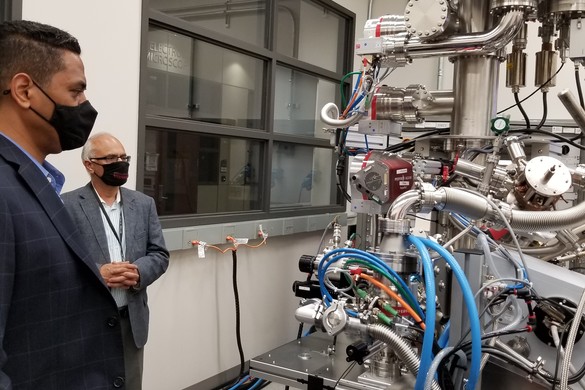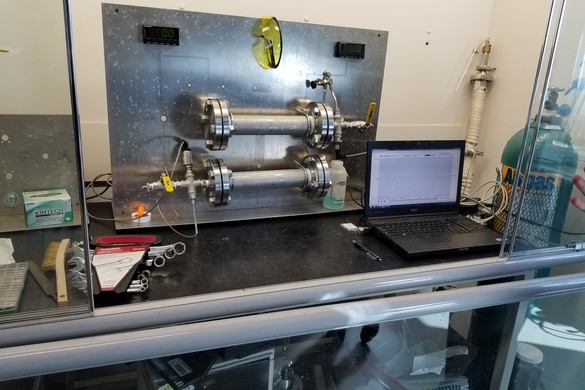Hydrogen Blending Research for a Net Zero Future
As the US works toward reaching net zero by 2050, hydrogen is one solution to decarbonizing our gas system. National Grid is working with the National Renewable Energy Laboratory (NREL), The Institute of Gas Innovation and Technology (IGIT) at Stony Brook University and industry partners to research hydrogen blending.
Hydrogen in gas systems is not new. Before the advent of the interstate pipeline system in the Northeast US in 1952, gas was produced locally, and that gas contained hydrogen. During the energy crisis of the 1970s, a new type of manufactured gas was used that contained as much as 10% hydrogen, and at that time, the US gas industry researched direct hydrogen. But that need faded and now, most natural gas comes from wells outside the region. However, as we look to eliminate greenhouse gas emissions and reach net zero by 2050, utilities around the world are turning to hydrogen as a potential solution for decarbonizing the gas network.
National Grid and the Institute for Gas Innovation and Technology (IGIT) at Stony Brook University have embarked on an ambitious R&D plan to evaluate increasing levels of hydrogen blending in gas networks and to determine how hydrogen could be integrated into the network and at what cost. In late 2020, the New York State Energy Research & Development Authority (NYSERDA) awarded funding for a two-year project, which involves removing pipe samples from actual gas utility services and exposing them to hydrogen at Stony Brook’s Advanced Energy Research and Technology Center. The microscopic examination is carried out at Stony Brook, as well as facilities at the Brookhaven National Laboratory, Center for Functional Nanomaterials, and finally returned to Stony Brook for additional testing for strength and durability.
The IGIT project helped provide the impetus for a larger project at the National Renewable Energy Laboratory to perform R&D and evaluate the potential impacts of hydrogen blending into existing gas infrastructure. This $12.65 million project began in August 2021 and also has a two-year timeframe. It involves 22 participants including six national laboratories, the Gas Technology Institute, IGIT and National Grid. The project will make use of recent R&D on the potential impact of hydrogen on gas infrastructure as well as customer appliances, sponsored in part by National Grid at the Gas Technology Institute and the NYSEARCH program at the Northeast Gas Association.
To read article on National Grid's website, please click here.



